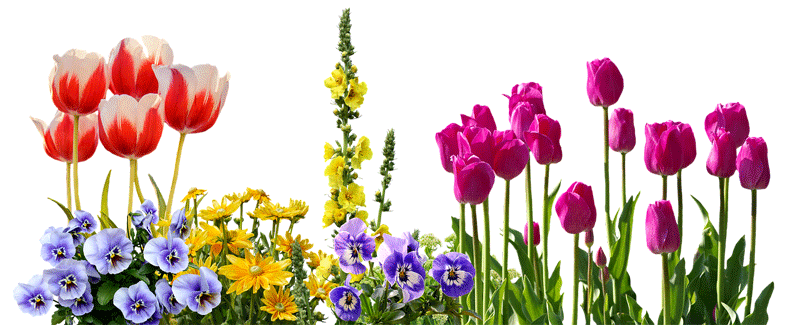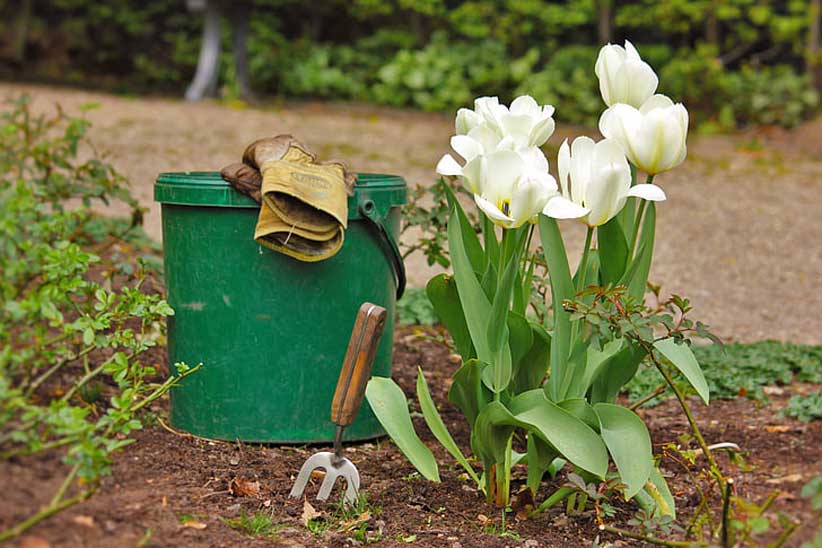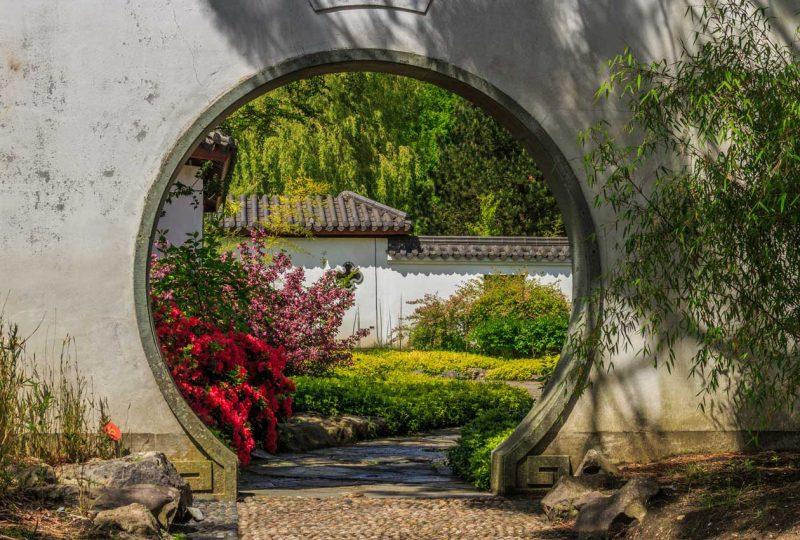The whole quarantine season makes all of us find new hobbies where we can spend our time productively. One of them is gardening, which is found by almost everyone as enjoyable and worth pursuing because you can do it at the comfort of your house and your own pace. Picking plants and pots, planting, and maintaining them are surely great hobbies, to begin with, while we are still facing a health crisis where we spend most of our time at our homes.
So, are you wondering what is the simplest way to get started with gardening? Do not worry because this article will help you with that by providing you some ideas and tips about starting with gardening that is beginner’s friendly. As you find happiness in gardening, it is also important to know that you can make the most out of it.
Simple Steps on Starting a Garden
Gardening is surely one hobby that most people find rewarding and enjoyable at the same time—starting a garden with any plant, whether florals or vegetables are worthy of making your hands dirty because you invest in something beautiful and fulfilling. However, starting any process is the most difficult step. Still, as long as you can break down the steps into manageable ones, there is nothing to worry about because your efforts will be paid off with beautiful views, delicious flavors, and colorful blooms.
Deciding Specific Plants in Your Garden
The first step to getting started with gardening is planning and choosing the types of plants to include in your garden. You can choose vegetables and herbs that will be beneficial at your dinner table. Gardening with flowers is a good choice also because of their flair, color, and fragrance.

Since the type of plants you will include in your garden depends on your taste and preference, it is also important to consider what grows well in your area by using this zone finder to determine what zone you are in. You can also look for plants that do well in your location.
Identifying a Correct Spot in your Garden
After deciding the plants you will include in your garden, you can now pick a perfect spot where you can plant them. You can start this by looking around your yard and deciding where your garden should be. It is also important to consider finding the spot in your garden that most vegetables and flowers need 6-8 hours of full sun each day, so you need to figure out which spots receive full sun versus partial or full shade.
- Choose a flat spot for your garden because it is difficult to deal with a sloping garden because it is more difficult, time-consuming, and expensive.
- As much as possible, pick a place that is close enough to a water spigot that you won’t have to drag a hose across the entire yard.
Clearing the Ground
Get rid of the sod covering the area you plan to plant. Slice under the sod with a spade, cut the sod into sections to make it easier to remove, then put it on your compost pile to decompose. You can also cover your future garden with a newspaper or plant with Bermuda grass or St. Augustine grass.
Improving the Soil
Plants need fertile soil to grow better. Residential soil always needs a boost because they could be excessively wet, poor, infertile, or too acidic or alkaline. You can improve that by adding a 2- to 3-inch layer of compost, decayed leaves, dry grass clippings, or old manure to the soil when you dig or till a new bed.
Working the Soil
Working the soil through tilling and digging is important because it helps prepare the new beds for sowing or planting as it allows roots to penetrate the soil more easily for access to water and nutrients. You can do tilling by cultivating the soil with a mechanical device such as a rototiller. On the other hand, digging is more practical, and you will only dig when the soil is moist enough to form a loose ball in your fist but dry enough to fall apart when you drop it.

Starting to Plant your Garden
After preparing the soil, you can now start planting your plants. You can do this by assessing first which plants grow best in your current weather. For example, pansies and kale can tolerate cold, so that you can plant them in autumn or late winter. On the other hand, tomatoes and other annual flowers prefer warm temperatures, so you can plant them when the weather is constantly hot.
Maintaining Your Garden
Maintenance is the key to a long-lasting benefit that you can gain from your garden. It is important to know the right time to water your plants. Seedlings should never be allowed to dry out, so water daily. After that, how frequent you should water your plants is dependent on your soil, humidity, and rainfall. As advice, watering them once a week is a good place to start.
- Pull the weeds before they get big.
- Get rid of dead, dying, and diseased vegetation.
- Banish destructive insects by picking them off the plant and dropping them into a bucket of sudsy water, hosing them off, or spraying on an insecticidal soap purchased at a garden center.
- Support tall plants with a trellis, stake, or tepee.
- Harvest vegetables as soon as they are ready.
Conclusion
Gardening is considered one of the most fulfilling and enjoyable hobbies to start with. With the simple and easy steps that this article provided, you can now start with gardening in the comfort of your backyard and at your place. It is important to be guided with these steps and tips so you can get the most out of your garden. Getting your hands dirty by gardening is a productive way to spend your time because you will gain plenty of benefits from what you have planted.
For more helpful gardening tips and hacks, visit our friends at Garden Simply.
They can be found on the web at www.gardensimply.com.
Photo Credits:
Moon Gate
Colorful Flowers
Garden Pail and Tools
